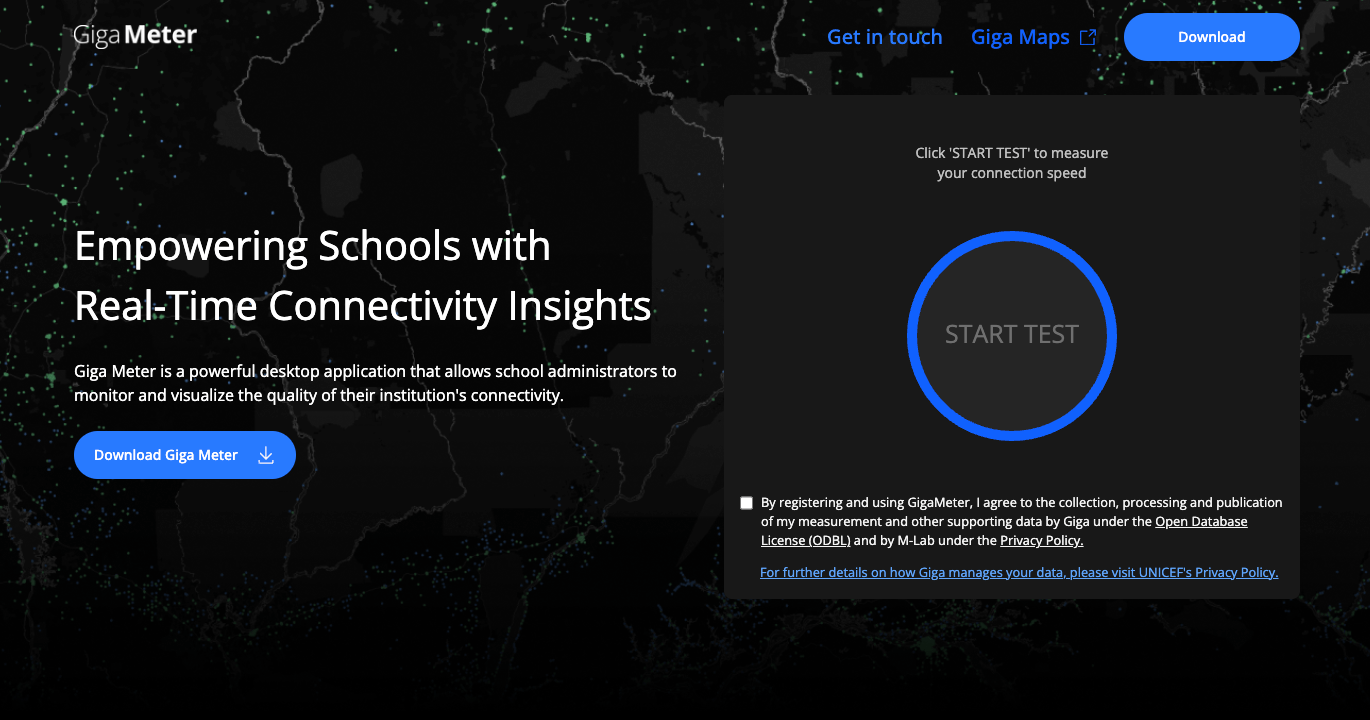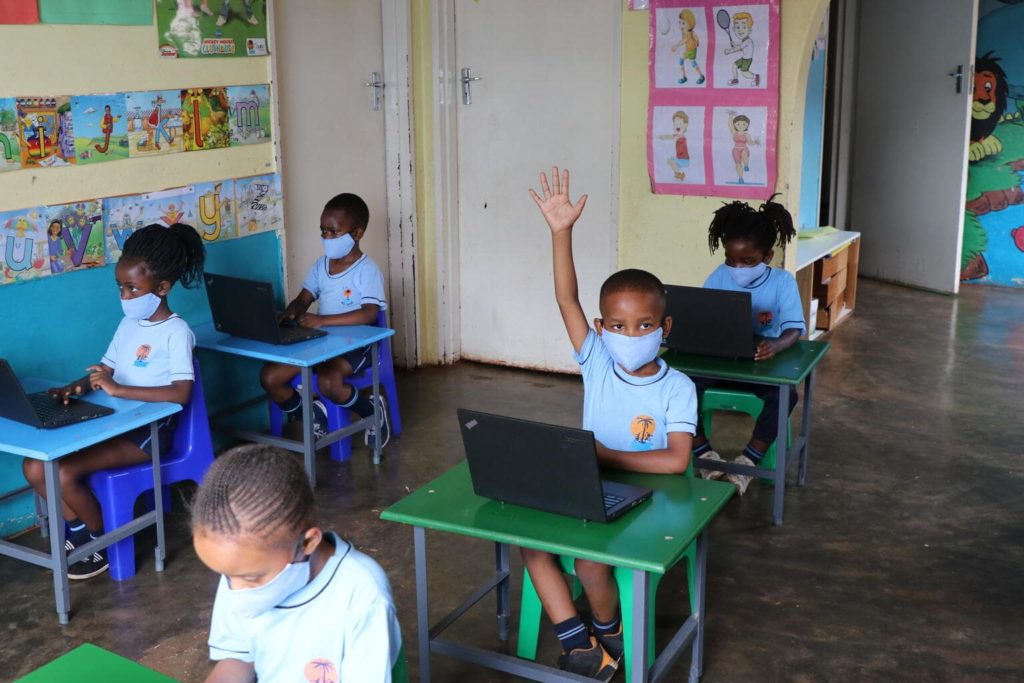Steady, fast, and reliable Internet access is essential for meaningful teaching and learning in the digital age. Yet despite major investments, many governments and their partners lack a clear and consistent picture of whether schools are connected and stay connected over time. Without reliable monitoring, connectivity gaps go unnoticed, poor service persists, and resources risk being wasted.

Connectivity is often assumed, not measured
Connectivity is frequently treated as one-time milestone rather than a service to be monitored and maintained. Once a school is declared as “connected,” there are often no systems in place to monitor actual performance over time.
Fragmented measurement approaches
Connectivity data is often collected through isolated efforts, with different implementers, funders or agencies using different tools and methods. The absence of an ongoing and centralized measurement system limits coordination, investment efficiency and insight.
Limited feedback
Stakeholders rarely have consistent ways to raise performance corners or validate issues with evidence. Without frequent, reliable data, it is difficult to identify gaps, monitor progress and take action to improve access.
Giga Meter: Unlocking better school connectivity
Giga Meter provides clear, trusted, actionable data that supports evidence-based decisions and effective interventions. It enables education officials, government agencies, funders, and service providers to monitor connectivity efforts at scale with little added technical complexity.
This real-time visibility helps governments and education partners move from assumptions to action—ensuring that connectivity investments translate into usable, reliable internet for teaching and learning.
Giga Meter provides clear, trusted, actionable data that supports evidence-based decisions and effective interventions. It enables education officials, government agencies, funders, and service providers to monitor connectivity efforts at scale with little added technical complexity.
Turning data into action
While Giga Meter provides end-user measurement from schools, Giga also works with Internet Service Providers (ISPs) to integrate data directly from their monitoring systems via APIs. This network device-level data offers a complementary view of connectivity from the network edge, capturing performance at the point of delivery.
By combining data across various vantage points, stakeholders gain a more complete picture: validating service delivery from multiple angles, cross-referencing performance issues, and enabling more precise troubleshooting. This multi-source approach strengthens accountability and supports more informed decision-making.
Below are common use cases where Giga Meter delivers high value—backed by real-world country examples:
Where Giga Meter Drives Immediate Impact
| Track Live Connectivity | Identify if a school is online and meeting specific connectivity criteria (e.g., speed, latency, uptime) | Botswana Case Study |
| Measure Performance | Surface schools that meet or fall below defined thresholds (e.g., national minimum benchmark, digital education programme standards) | Fiji Case Study |
| Assess Service Delivery | Track changes in performance over time, detect outliers, and support ongoing monitoring. | Namibia Case Study |
Some decisions require information that extends beyond what Giga Meter provides alone. For example, comparing measured performance to vendor obligations depends on access to service contracts, SLAs or other supporting data. In these scenarios, Giga Meter adds critical insight—but works maximum value when paired with complementary datasets.
| Monitor Contractual Compliance | Compare measured performance against service-level agreements (SLAs) or vendor contracts. | Case Study |
| Verify Service Obligations | Confirm whether connectivity is being delivered as committed across locations. | Case Study |
Let’s build a connected future together

